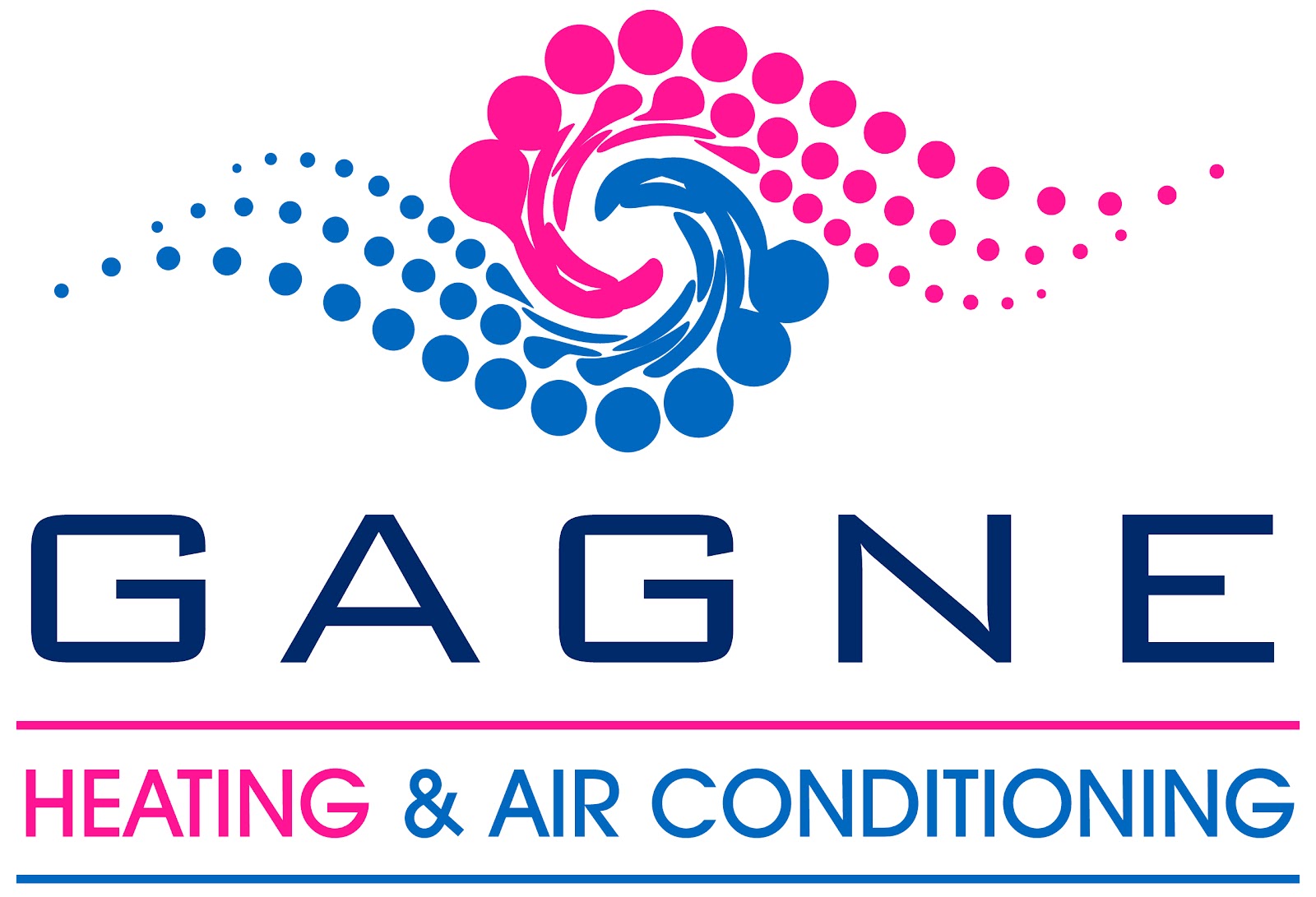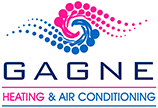Atlanta commercial air conditioning experts at Gagne A/C discuss how fixing air duct leaks can save your company money
Even the best HVAC system money can buy needs regular maintenance in order for it to perform at its best. This includes repairing any leaks that occur. Regular maintenance can not only keep your monthly energy costs down, but also reduce your carbon footprint and impact on the environment.
While a majority of DIY maintenance tips online are geared towards homeowners, commercial HVAC users can greatly benefit from some personal repair tips too.
Where do leaks typically appear in an HVAC system?
Whether you’re checking your HVAC unit to ensure there are no leaks, or you’re performing a routine inspection, you should start your search where the unit sees the greatest volume of airflow. A small leak located in a high airflow point can expel a tremendous amount of energy. If you’re running a forced air system, this spot is known as the plenum and will most often be found in an unheated area.
Properly sealing the plenum can save your business the most money because your system will expel the most air here. For instance, after investing roughly $200 into ensuring your forced air HVAC system’s plenum is properly sealed, you can typically expect a return on investment in 6 months or less.
Spotting HVAC Leaks
Your first weapon against spotting leaks is your hands and eyes. The quickest way to detect a leak is to run your eyes along the plenum, looking for any visible sources of leakage (i.e. holes or cracks). You can then use your hands to feel for drafts.
After patching the obvious leaks (patching tips are located below), there may be additional leaks you can’t easily detect – for these, you’ll need to employ a glycerin smoke pencil or puffer stick. A puffer stick works by heating glycerin into a mist that is non-toxic and non-flammable. The stick is then passed over a suspected leaking area. If a leak is present, the mist will move with the airflow.
A smoke pencil kit will set you back about $75; however, it can save you thousands over the course of your HVAC system’s lifespan. Moreover, it is much safer than the old methods of using matches, candles, paraffin or incense sticks. These methods can introduce sparks in the system and present an obvious fire risk.
Recommended DIY Repair Supplies
Believe it or not, your number one tool for patching HVAC leaks is aluminum tape. Take care, however, to avoid confusing aluminum tape with regular duct tape. Duct tape should be avoided because thermal cycling (the process of heating and cooling air) easily breaks down the adhesive backing. While using duct tape will fix your issue in the short term, the adhesive bond will break down in a matter of years.
By comparison, aluminum tape will guarantee you up to a century of leak protection. In place of aluminum tape, you could also use HVAC mastic, which is a flexible gum-like sealant.
Your best bet is to have both tape and sealant on hand when you go to seal leaks. Aluminum tape is typically used on metal joints and flat, smooth surfaces; whereas mastic works best on wood.
Note: Always use rubber gloves when working with mastic because it can be difficult to clean off.
Ensuring that your business’s HVAC unit is free of leaks is an easy way to keep your heating and cooling costs down. While you can perform certain DIY maintenance on large commercial units yourself, if your HVAC unit requires significant work then Gagne Heating and Air can help.
To schedule an appointment with a licensed Georgia HVAC technician, please dial (678) 221-4328 or fill out a service request form today and we’ll be in touch shortly. For more information about meeting your heating and cooling needs on a budget, please browse our blog and knowledge center.

